In the first year of the 20th century, Saigon had a Municipal Theatre - City Theatre for music and drama, meeting the standards of modern European and American theatres (before that, the French government had built a smaller-scale theatre, at the current location of the Caravelle Hotel). That theatre, called the Western Theatre by the Vietnamese, was located at the end of Tan Khai slope, a landmark dividing Catinat Street (Dong Khoi) into two parts. From the theatre to the Cathedral (from 1959, called Notre Dame Cathedral) was a quiet street with two rows of shady green trees and offices.
From the theater down to the Saigon River is a bustling commercial street, even to this day. The location for the theater was chosen very appropriately, similar to the location of the Garnier Opera House (1875) in Paris, located in the middle of a large square, surrounded by shopping malls and luxury hotels.
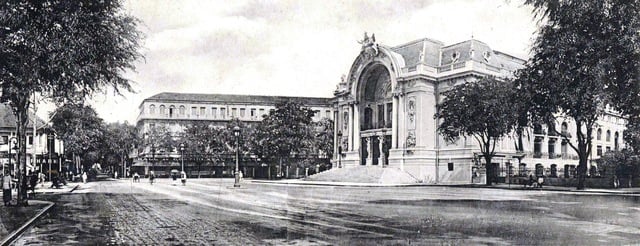
Opera House Square, next to the old Continental Hotel
PHOTO: LUDOVIC CRESPIN - NATIONAL LIBRARY OF FRANCE
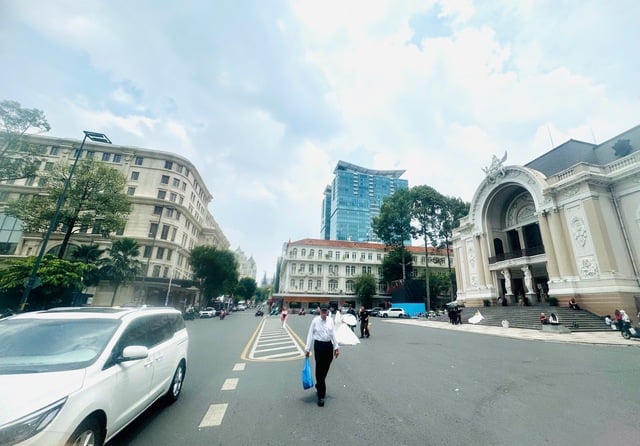
The space in front of the Ho Chi Minh City Opera House today
Photo: QUYNH TRAN
In front of the theater is a spacious park and square, overlooking a long avenue - Avenue Bonard (Le Loi) which was originally a canal. The theater's architecture itself becomes a majestic highlight at the end of the avenue.
The rectangular park was designed as an extension of the theater's lobby, named after Francis Garnier. On weekends and holidays, the park became an open-air auditorium for the public to enjoy musical performances on the theater's steps. After 1955, the park was named Le Loi and then Lam Son.
PURE FRENCH ARCHITECTURE
The Opera House facade rises high with wide steps, covering the basement below. A majestic arch runs from the second to the third floor, forming a grand welcoming gate. It is quite similar to the entrance arch of the Petit Palais (one of two exhibition halls in central Paris, built at the same time). Dominating the front of the black-tiled Mansarde roof is a large relief depicting angels surrounding a lyre. - represents Literature and Arts.
Right at the entrance, instead of the two pillars supporting the balcony on the third floor, there are two statues of topless beauties, in the form of the famous Venus. The facade and the interior of the theater show the Gothic and Beaux Arts design styles. In addition, there are still beautiful statues of angel boys, attached to the railings of the two stairs, on the first floor leading to the second floor and down to the basement.
The theater's three-story auditorium has about 500 seats (less than half the number of seats in the Garnier Theater). That is a fairly large number compared to the population of Saigon - Cho Lon when the theater was built, only about 150,000 people (including about 6,000 Westerners). Although the auditorium is moderate in size, it is designed in an elegant style. The back and two sides of the building are elegantly designed, helping the surrounding buildings have more beautiful scenery.
In the 1910s and 1920s, the theater regularly hosted music and drama troupes from France. Perhaps through the construction of the Opera House, the French and their designers attempted to bring the artistic spirit of Paris to the colonial city of the Far East. At the same time, the Vietnamese also began to familiarize themselves with and use this place to perform their classical and innovative arts. The French-Vietnamese reformed opera Nhat Gia , performed at the theater in 1918, is considered a milestone in the birth of a modern and professional Vietnamese opera.
In the early 1940s, perhaps for political reasons, the French government completely changed the facade of the Opera House. As a result, the reliefs of the artistic angels and the two statues of beautiful women were removed. The exterior of the building became simpler and then from 1955, the building took on a new function as the headquarters of the National Assembly, and from 1967, the House of Representatives of the Republic of Vietnam.
After the war, the building returned to its function as the city's Opera House. In 1998, on the occasion of the city's 300th anniversary, the building was restored and restored to its original form. The restorationists tried to restore the original appearance of the theater's exterior. To date, the Ho Chi Minh City Opera House, although smaller in scale than the Hanoi Opera House, is still worthy of being a fragrant, colorful Parisian-style flower in the heart of the city. (continued)
Source: https://thanhnien.vn/nha-hat-lon-va-quang-truong-my-le-185250415224322825.htm


![[Photo] National Assembly Chairman Tran Thanh Man meets with outstanding workers in the oil and gas industry](https://vstatic.vietnam.vn/vietnam/resource/IMAGE/2025/4/17/1d0de4026b75434ab34279624db7ee4a)
![[Photo] Closing of the 4th Summit of the Partnership for Green Growth and the Global Goals](https://vstatic.vietnam.vn/vietnam/resource/IMAGE/2025/4/17/c0a0df9852c84e58be0a8b939189c85a)

![[Photo] General Secretary To Lam receives French Ambassador to Vietnam Olivier Brochet](https://vstatic.vietnam.vn/vietnam/resource/IMAGE/2025/4/17/49224f0f12e84b66a73b17eb251f7278)
![[Photo] Nhan Dan Newspaper announces the project "Love Vietnam so much"](https://vstatic.vietnam.vn/vietnam/resource/IMAGE/2025/4/17/362f882012d3432783fc92fab1b3e980)
![[Photo] Promoting friendship, solidarity and cooperation between the armies and people of the two countries](https://vstatic.vietnam.vn/vietnam/resource/IMAGE/2025/4/17/0c4d087864f14092aed77252590b6bae)

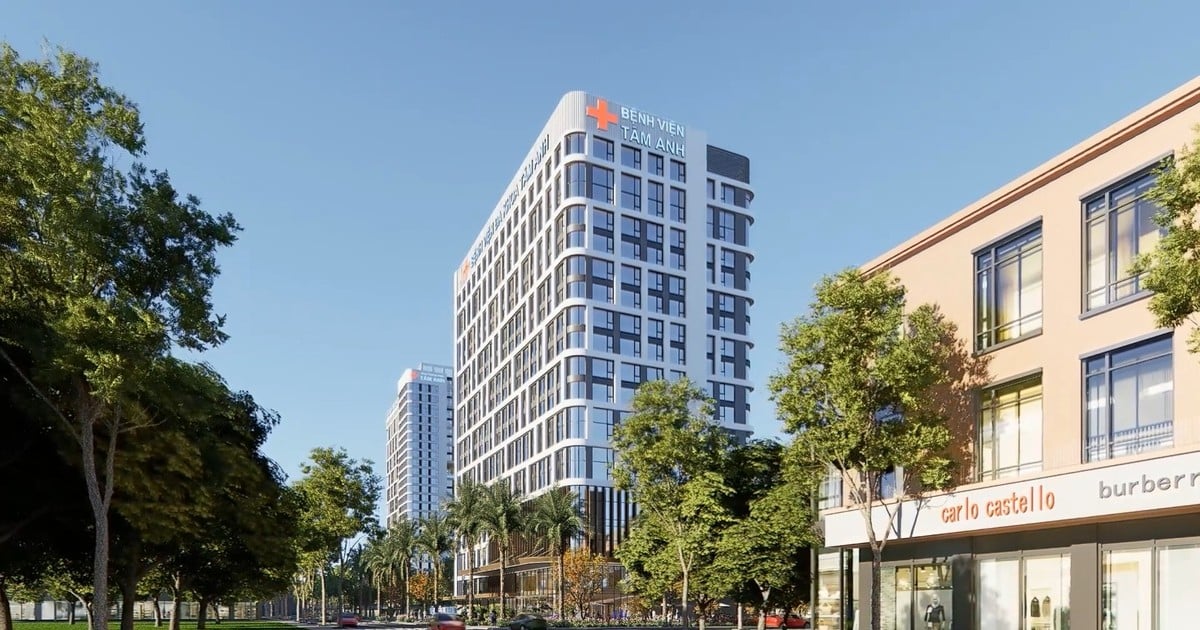

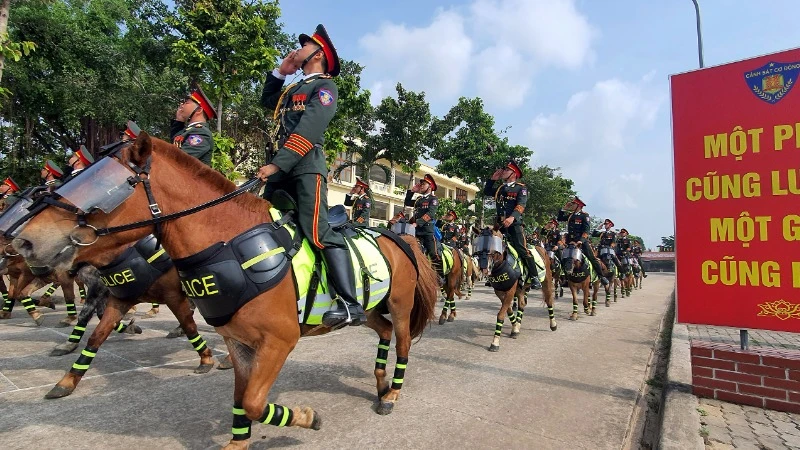
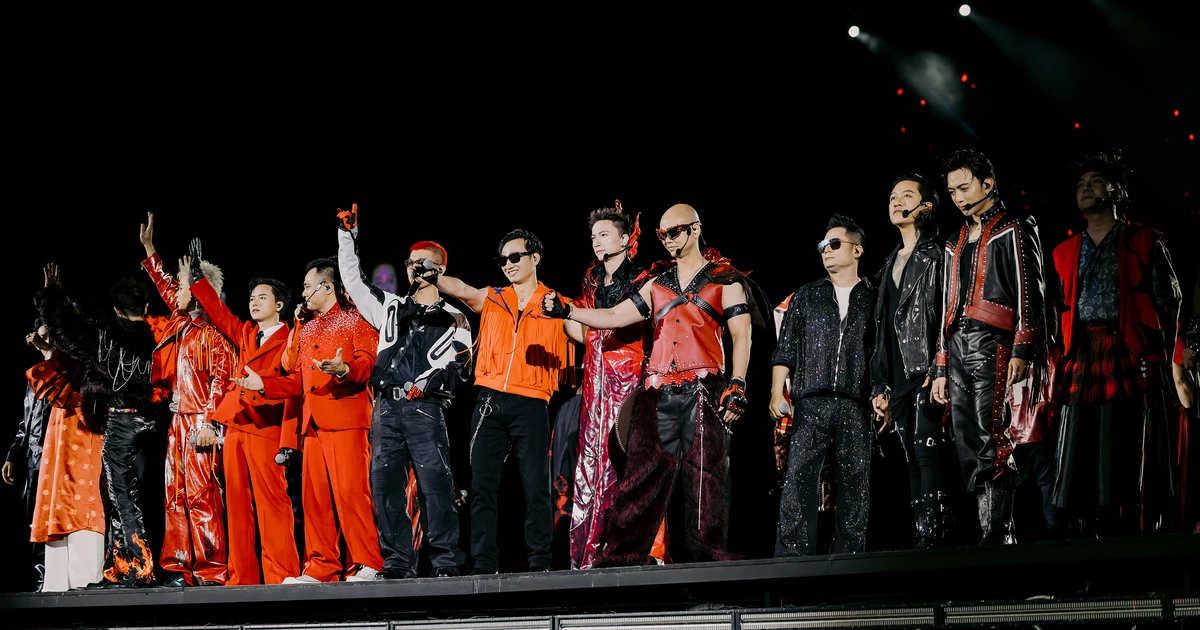
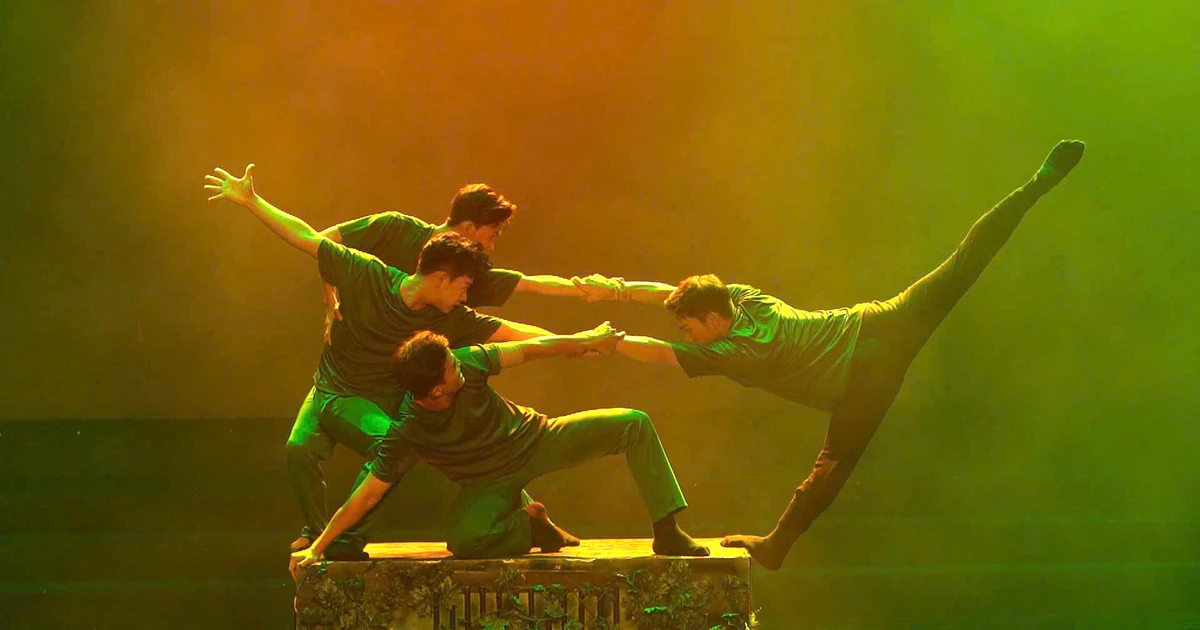










![[Photo] Welcoming ceremony for Chinese Defense Minister and delegation for friendship exchange](https://vstatic.vietnam.vn/vietnam/resource/IMAGE/2025/4/17/fadd533046594e5cacbb28de4c4d5655)




























![[Video] Viettel officially puts into operation the largest submarine optical cable line in Vietnam](https://vstatic.vietnam.vn/vietnam/resource/IMAGE/2025/4/17/f19008c6010c4a538cc422cb791ca0a1)
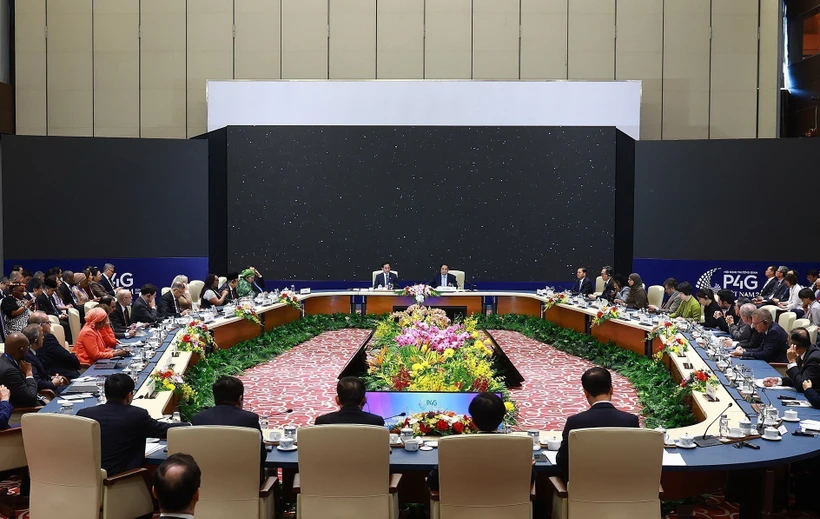

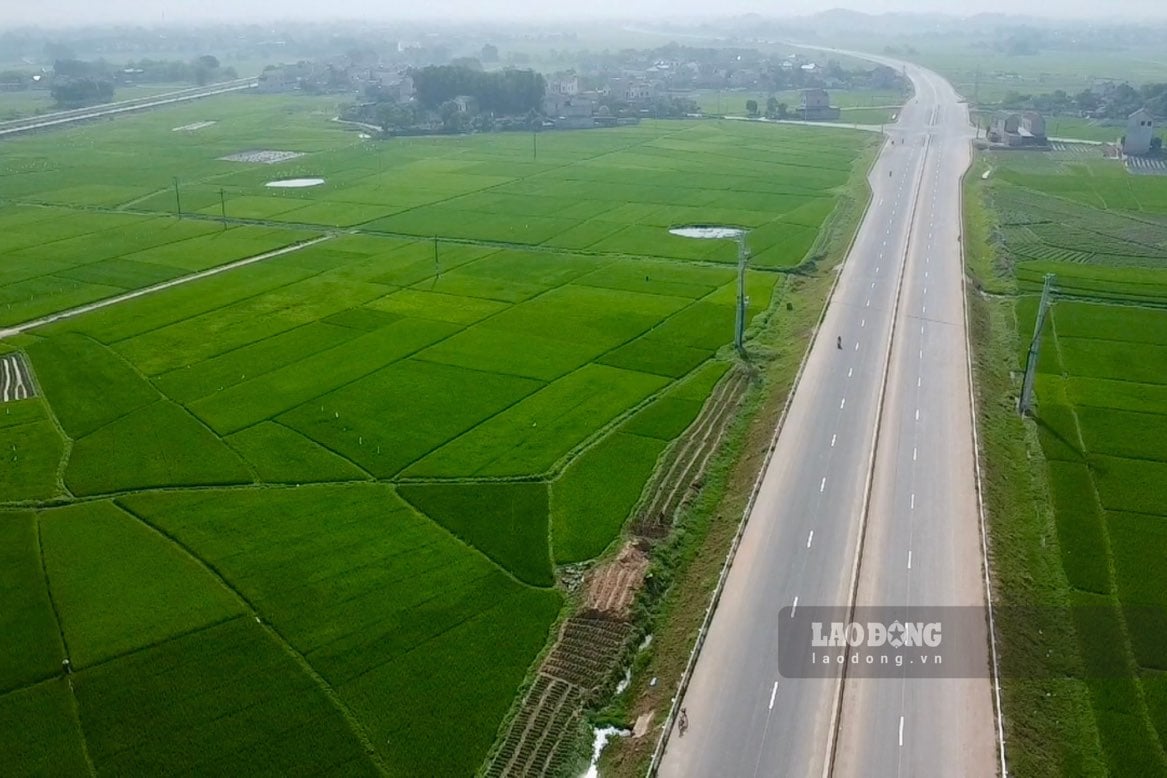





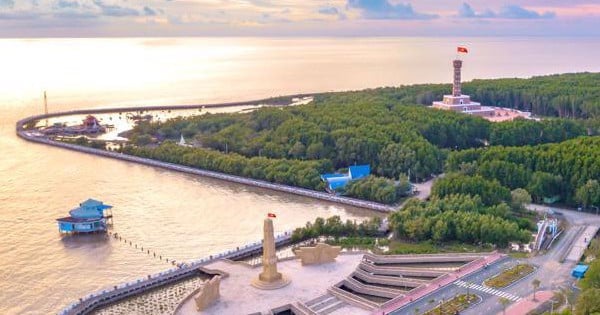


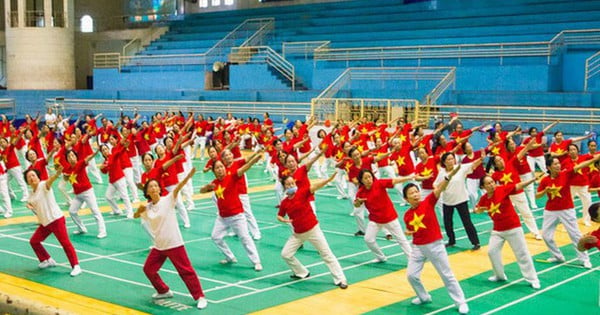






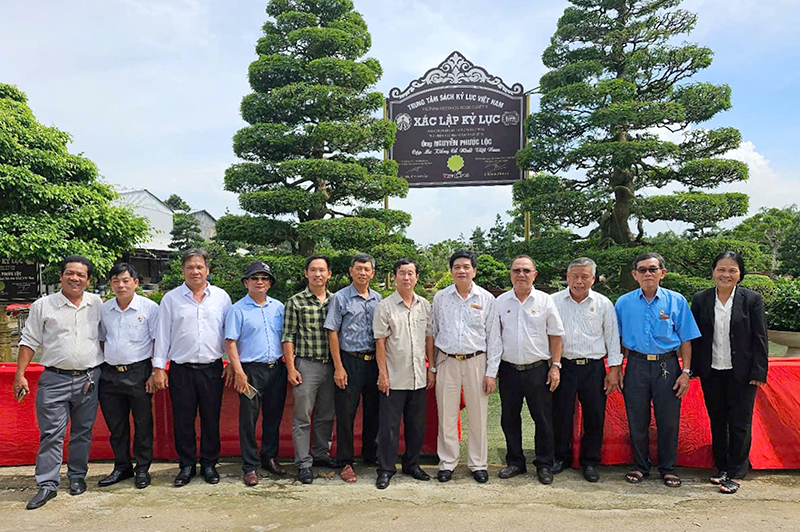






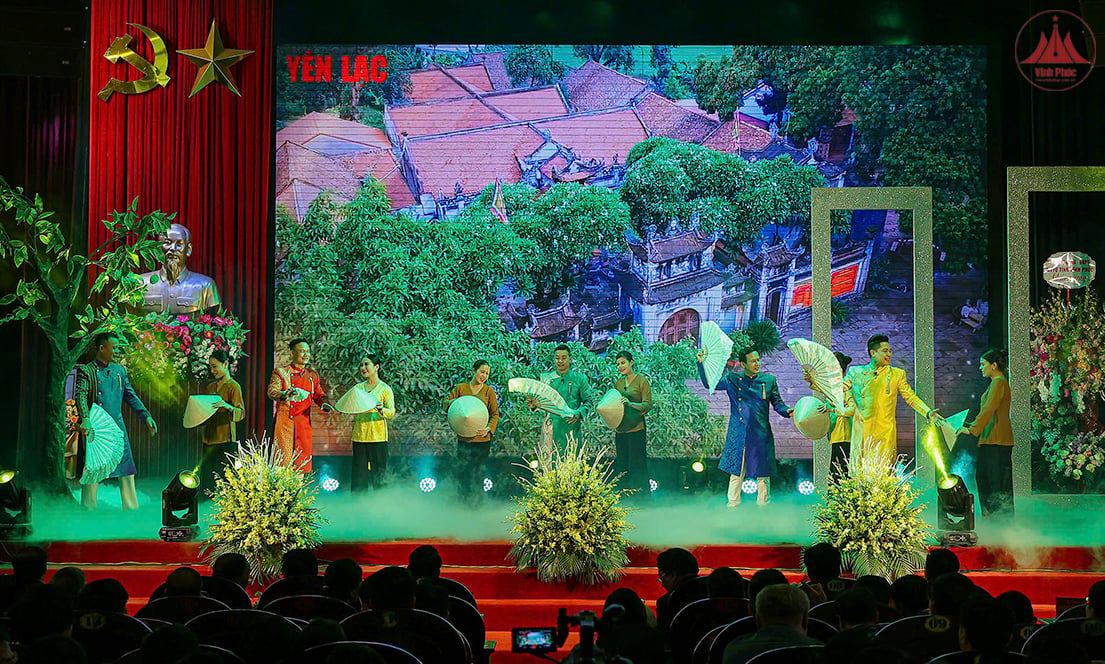











Comment (0)